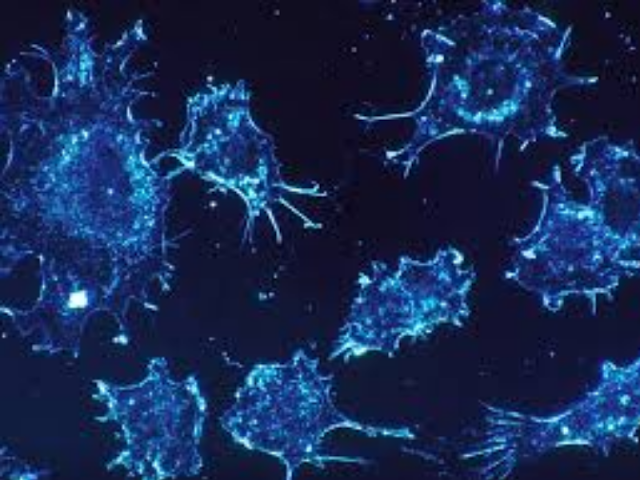Preemies Who Develop Chronic Lung Disease Had More Stem Cells at Birth / I neonati prematuri che sviluppano la malattia polmonare cronica avevano più cellule staminali alla nascita
Preemies Who Develop Chronic Lung Disease Had More Stem Cells at Birth / I neonati prematuri che sviluppano la malattia polmonare cronica avevano più cellule staminali alla nascita Segnalato dal Dott. Giuseppe Cotellessa / Reported by Dr. Giuseppe Cotellessa In the first large-scale clinical study to characterize stem cells from the umbilical cord blood and tissues of premature infants with bronchopulmonary dysplasia – a severe, chronic lung disease – researchers found that these babies had more stem cells at birth. They also found that a growth factor (G-CSF), which is responsible for stem cell migration and differentiation, is decreased in these infants. Based on these results, researchers speculate that the increase in cord stem cells might play an early role in the development of bronchopulmonary dysplasia, which is usually diagnosed when the infant is 2-3 months old. Their findings, published in the Frontiers in Pediatrics , also add to the identification of

